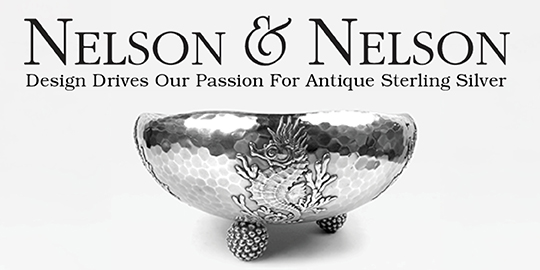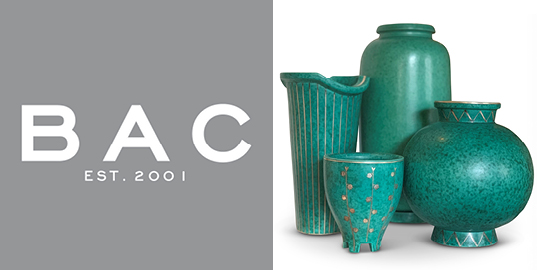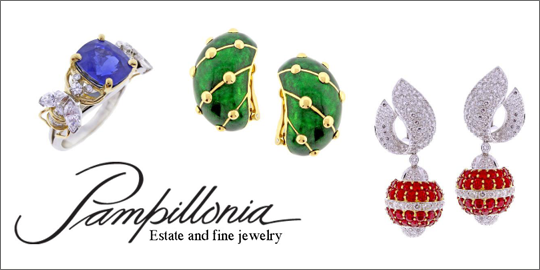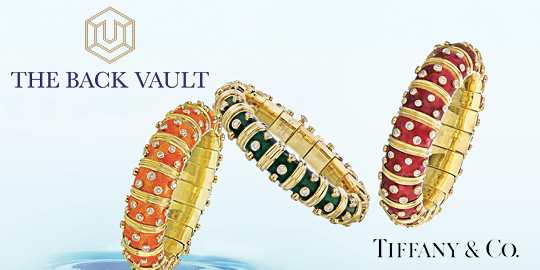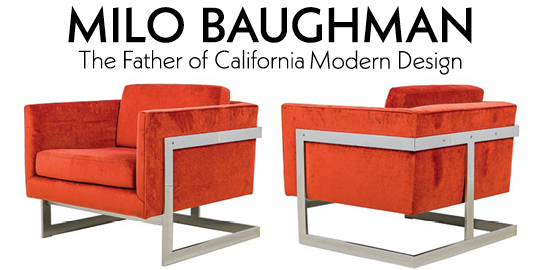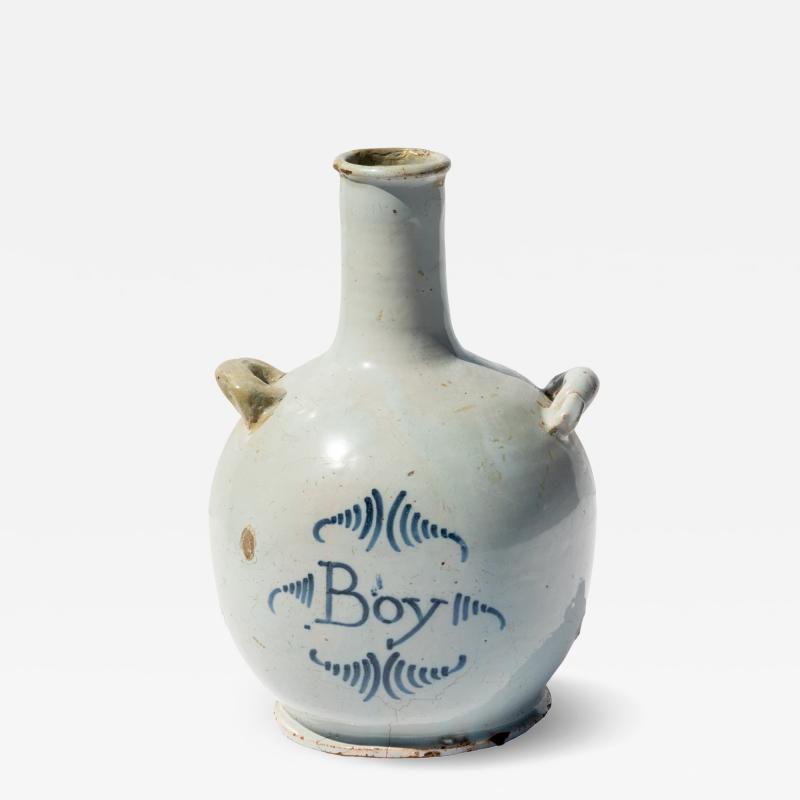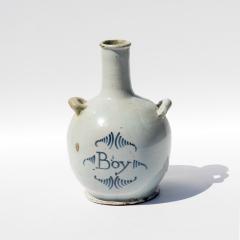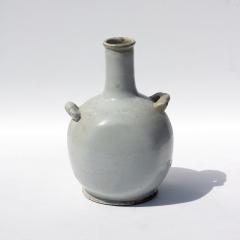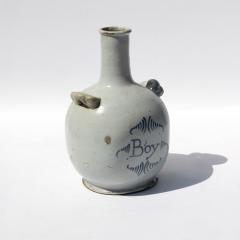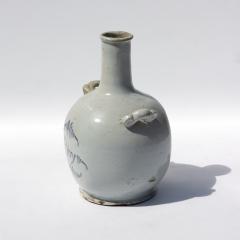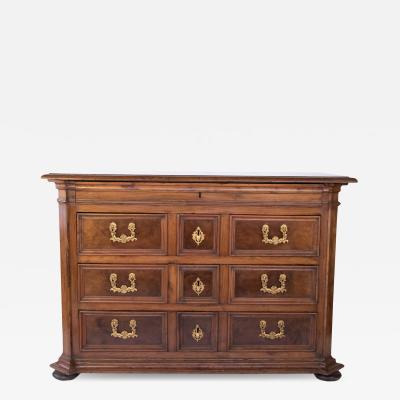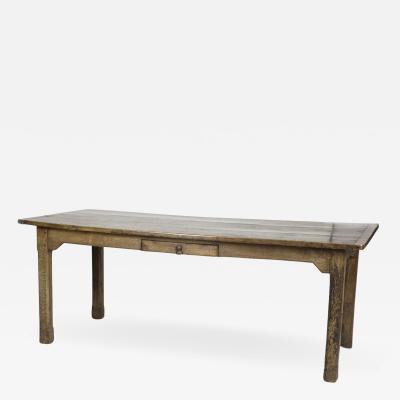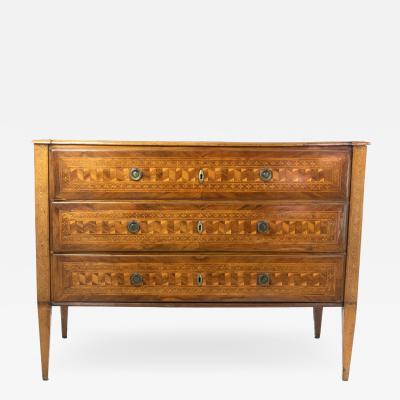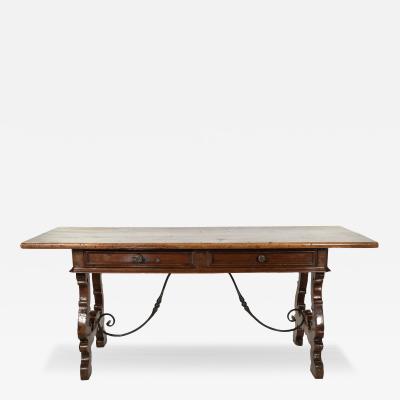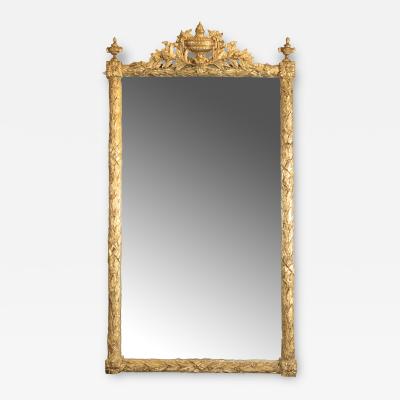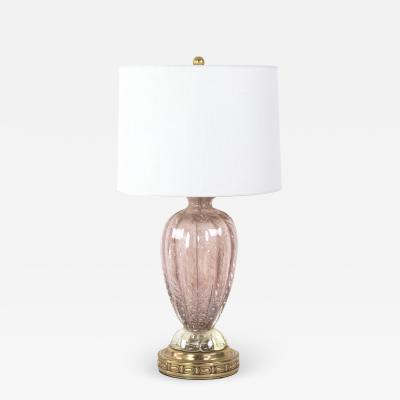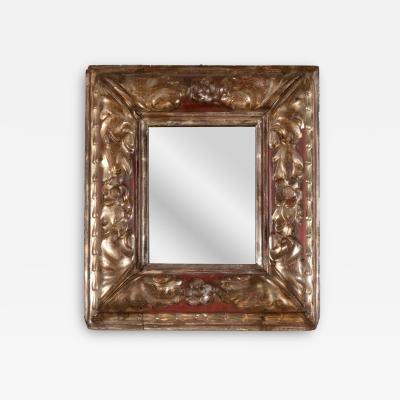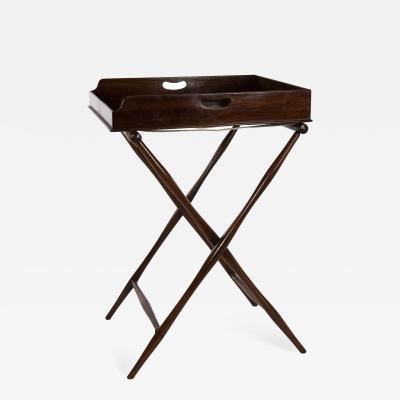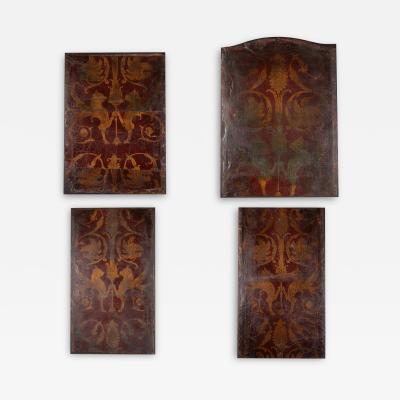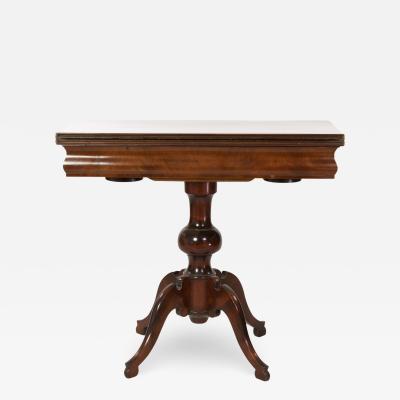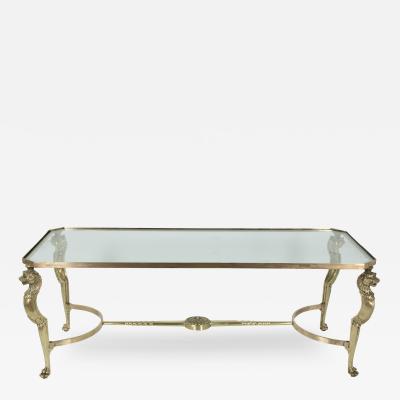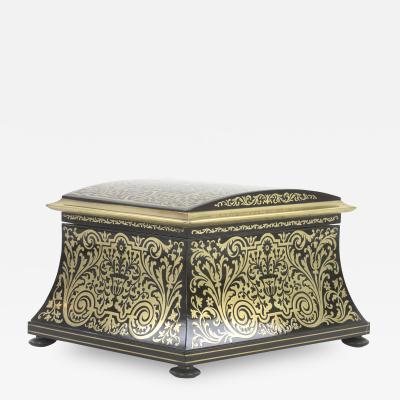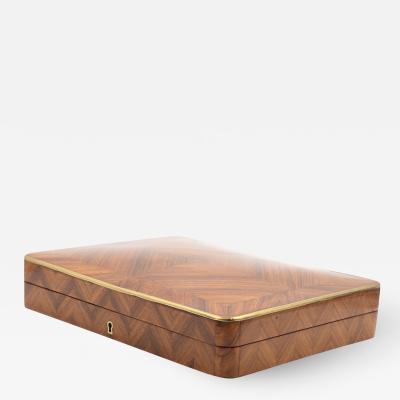A French low flame glazed pottery water jug of baluster form with narrow cylindrical neck and everted rim. The body bears cobalt blue script inscription “Boy” within decorative flourishes. Two strap handles extend from the shoulder. The pale grey-white low flame glaze shows characteristic speckling and exhibits expected crazing consistent with 18th-century French faience. The unglazed foot rim reveals the buff earthenware body. Period earthenware water jugs of this type were produced in various French pottery centers, with similar examples attributed to workshops in Nevers, Rouen, or regional centers following established faience traditions.
Height: 11 in. (28 cm.)
Diameter: 7 in. (18 cm.)
Citation:
Moon, Iris. “French Faience.” The Metropolitan Museum of Art, November 1, 2016. https://www.metmuseum.org/essays/french-faience.
Technical Note: Petit Feu Glazing
French faience is divided into two primary techniques. Grand feu (high fire) describes pieces decorated with glaze and metallic oxides before being fired once at approximately 1650°F (900°C). Petit feu (low-fire) faience, developed in the second half of the eighteenth century, involves firing the clay body before glazing and decorating with metallic oxides, then firing again at a lower temperature. The lower firing temperature of petit feu faience enabled both greater precision in painting techniques and variety in the range of colors, allowing for decorative elements like the cobalt blue script decoration seen on this water jug. The composition and firing temperature of petit feu glazes render them particularly susceptible to crazing, with the glaze remaining reactive to environmental fluctuations, making the characteristic network of fine surface cracks an expected feature of aged examples.







